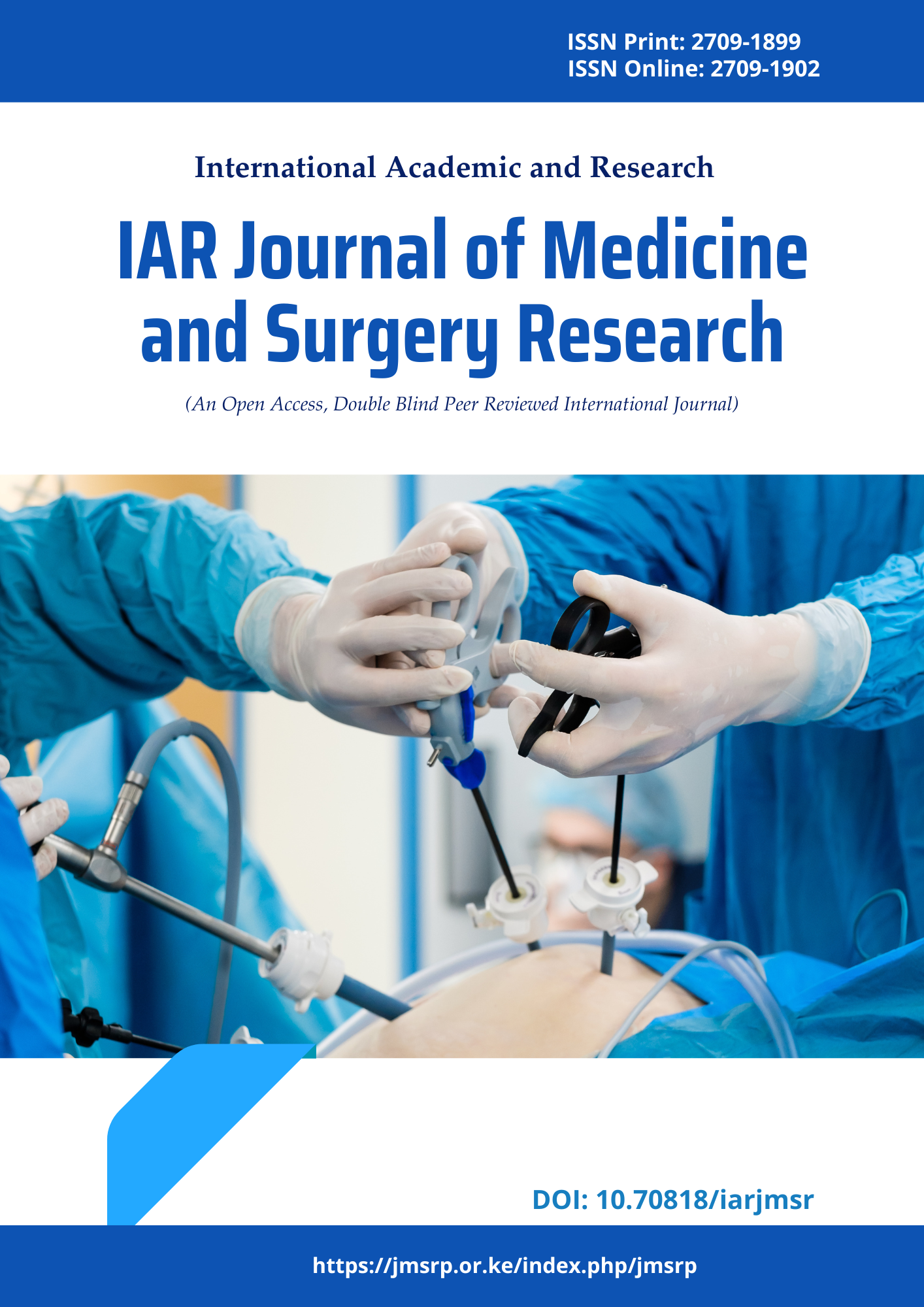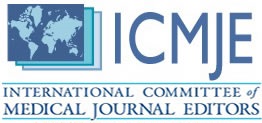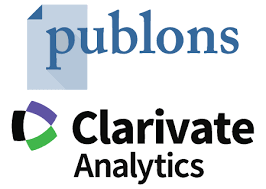Ophthalmic manifestations of thyroid diseaseand the association of serum levels of T3, T4 and TSH with thyroideye disease
DOI:
https://doi.org/10.47310/iarjmsr.2021.V02i04.04Keywords:
Thyroid disease, Hypothyroidism, Euthyroidism and Hyperthyroidism.Abstract
Introduction: Thyroid-associated orbitopathy (TAO) frequently termed Graves ophthalmopathy is part of an autoimmune process that can affect the orbital and periorbital tissue, the thyroid gland and rarely the pretibial skin or digits (thyroid acropachy). Material and Methods: This is a Retrospective study conducted in the Department of Endocrinology, Sapthagiri Institute of Medical Scinences and Research center, Banglore . The patients included in the study their demographic data was recorded along with the serum levels of T3, T4, TSH at the time of diagnosis and examination. All the patients detailed ocular examination was carried out with the help of torch light, and slit lamp for anterior segment evaluation, direct ophthalmoscopy for posterior segment evaluation, indirect ophthalmoscopy whenever necessary. Result: A total of 60 patients were examined. Of the 60 cases, male predominent was noted. The highest incidence of thyroid orbitopathy, the patients were arbitrarily divided into four groups and least one less than 20 years of age group. Among 60 patients, 11 (18.3%) were hypothyroid, 46 (76.6%) were hyperthyroid, and 3 (5%) patients were euthyroid. The frequency of different symptoms among the study group. Most of the patients came with complaint itching of (31.6%). The second most common symptom was foreign body sensation (23.3%). Conclusion: We recommend to ophthalmologists to be aware of TED clinical signs and suspect it even if the patients have a normal thyroid function. The assessment for these patients should be based on orbital images, serum T3, free T4, TSH, TRAbs, and interdisciplinary management with the endocrinologist.
















